Discrimination

Call us today for a free initial consultation on 0800 772 0341

What are the signs of age discrimination?
| by Paul Jackson
Expert employment solicitor Paul Jackson explains and answers some questions on age discrimination.
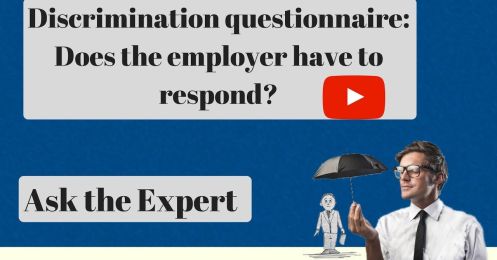
Responding to discrimination questionnaires
| by Stephen Britton
The statutory questionnaire procedure was abolished when the government decided to remove the statutory equality questionnaire process as part of its ‘red tape’ consultation back in 2014.

Is it easy to prove a disability in the workplace?
| by Robert Rocker
What is the definition of disability?

What can you do if you're a victim of age discrimination at work?
| by Paul Jackson
Objective Justifying in discrimination
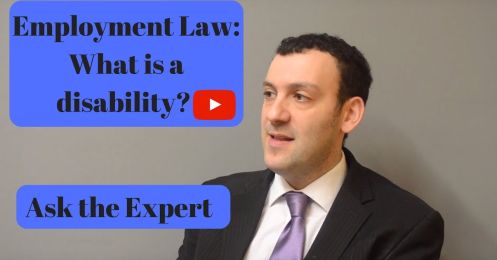
What is a disability?
| by Nick Singer
A person is disabled if they have a physical or mental impairment which has a substantially adverse and long-term effect on their ability to carry out normal day-to-day activities. In the workplace such activities are taken to include things like using a telephone or computer, interacting with colleagues, following instructions, driving and carrying everyday objects.
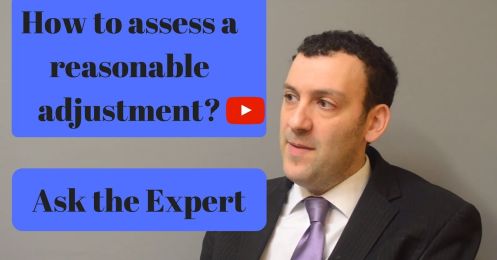
How do you assess what a reasonable adjustment is?
| by Nick Singer
Under the Equality Act 2010 an employer has a duty to take make reasonable adjustments when a workplace feature or practice puts a worker or job applicant with a disability at a disadvantage.
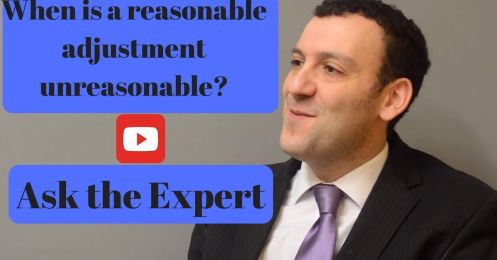
When is a reasonable adjustment unreasonable?
| by Nick Singer
The employer has a duty to make reasonable adjustments when they have knowledge about their employee's disability.
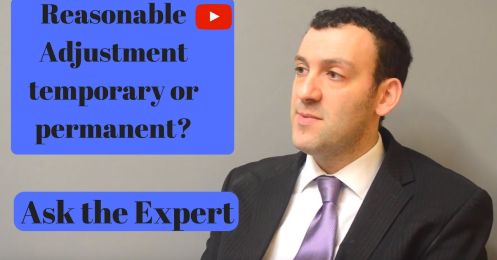
Reasonable adjustment temporary or permanent?
| by Nick Singer
The Equality Act 2010 places a duty on all employers to make ‘reasonable adjustments’ to accommodate the needs of their disabled employees and any disabled job applicants

What reasonable adjustments can you ask for?
| by Nick Singer
A provision criterion or practice (PCP) is a term used by the legal profession mainly during discrimination cases in the employment tribunal.

Recruitment and reasonable adjustments, what is the law?
| by Nick Singer
Making reasonable adjustments during the recruitment process in relation to a disabled job applicant:
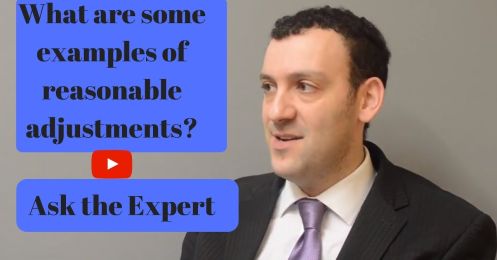
What are some examples of reasonable adjustments?
| by Nick Singer
The Equality Act 2010 places an active duty on employers to make reasonable adjustments to accommodate the needs of disabled employees.

What is discrimination arising from disability?
| by Nick Singer
Discrimination arising out of a disability is where an employer treats their employee unfavourably because of something arising in consequence of that employee’s disability and the employer cannot show that the treatment is a proportionate means of achieving a legitimate aim.
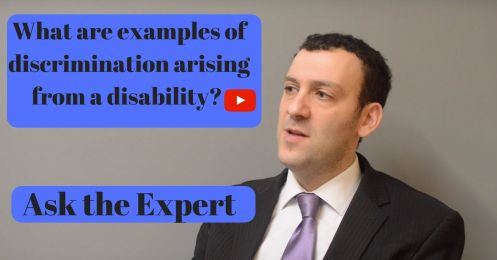
What are examples of discrimination arising from a disability?
| by Nick Singer
Discrimination arising from or as a consequence of a disability is a concept which often catches employers out at an employment tribunal and below is a few examples: 1. Dismissing an employee for disability-related absences

What are some examples of unfavourable treatment?
| by Nick Singer
The Equality Act 2010 makes it illegal to treat an employee unfavourably for something arising out of a disability.

Can unfavourable treatment be justified?
| by Nick Singer
Discrimination for something arising out of or as a consequence of a disability?

Discrimination arising out of a disability, do you need a comparator?
| by Nick Singer
Do you need to have a comparator in cases like these?

Discrimination arising out of a disability, is this something difficult to prove or establish?
| by Nick Singer
It really just depends on the facts and sometimes it's so obvious that everyone agrees and accepts it and you just argue about the justification but at other times it can be extremely difficult.

Learning from the mistakes of employers who failed to tackle workplace discrimination

Religion in the workplace

Sharing the right information at the right time to avoid the sack

Getting the right ending to a disciplinary process after a bad start.
